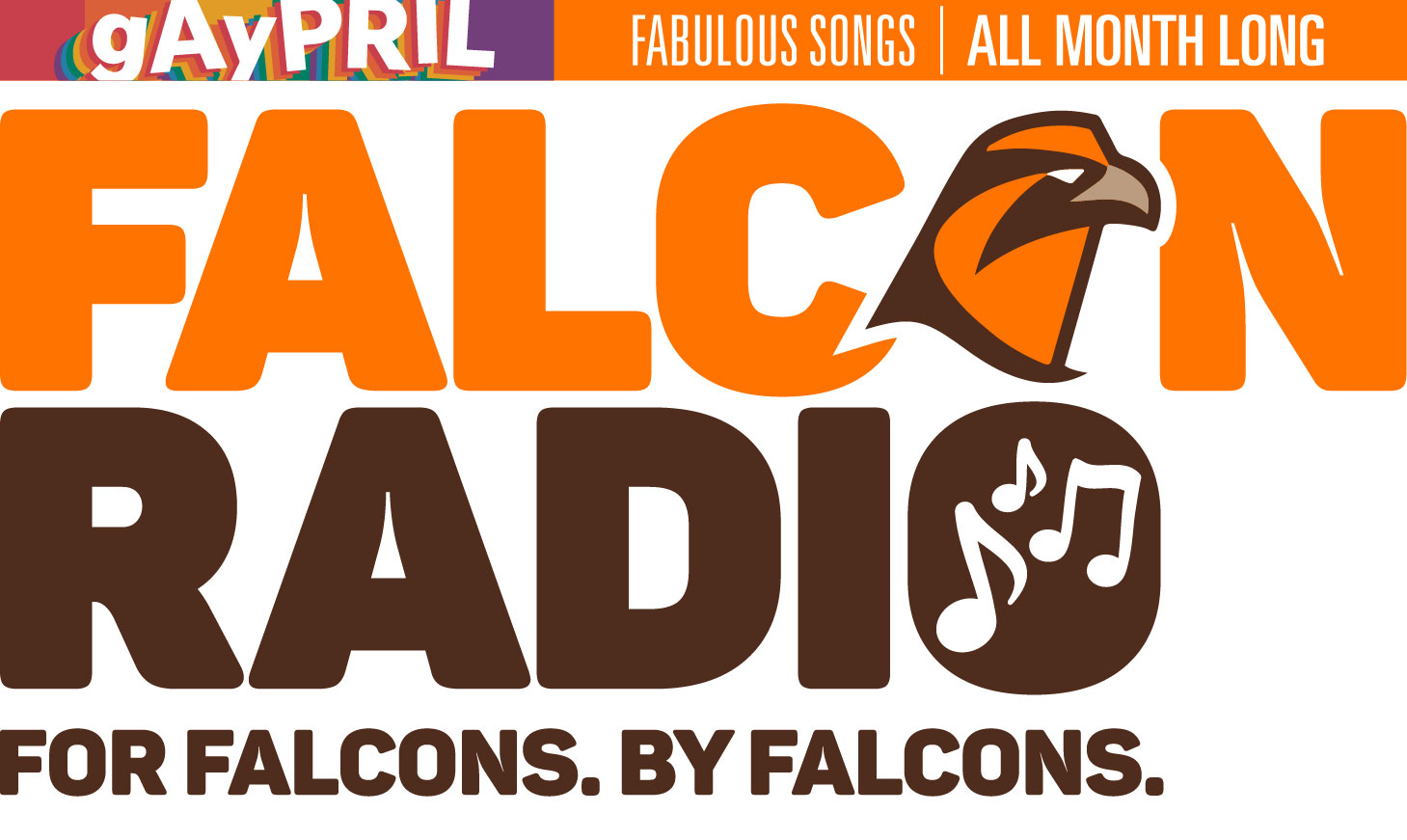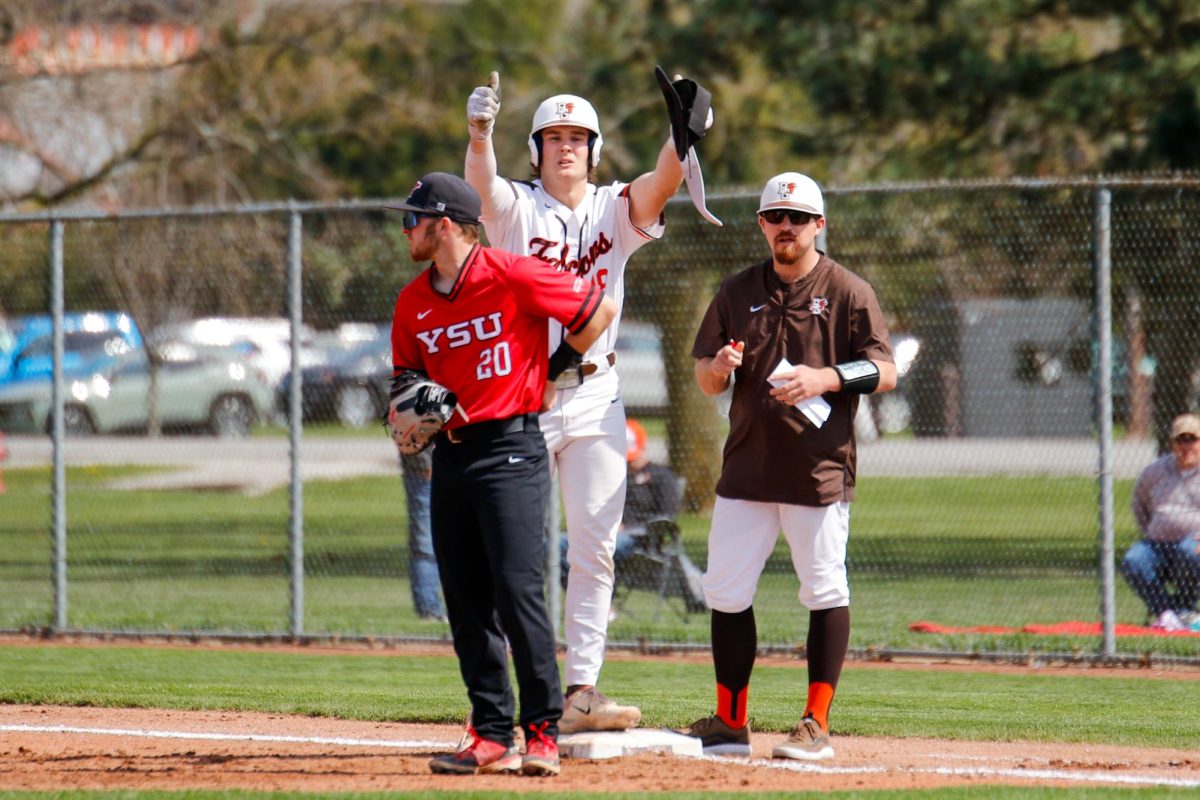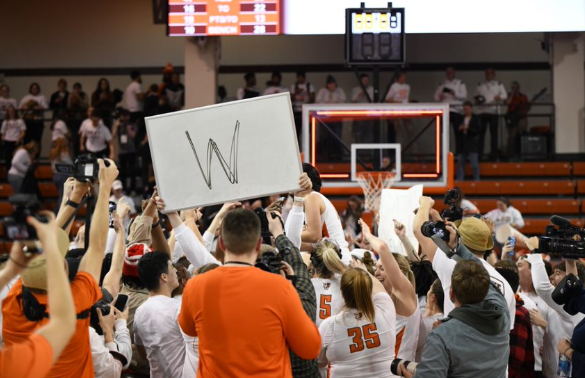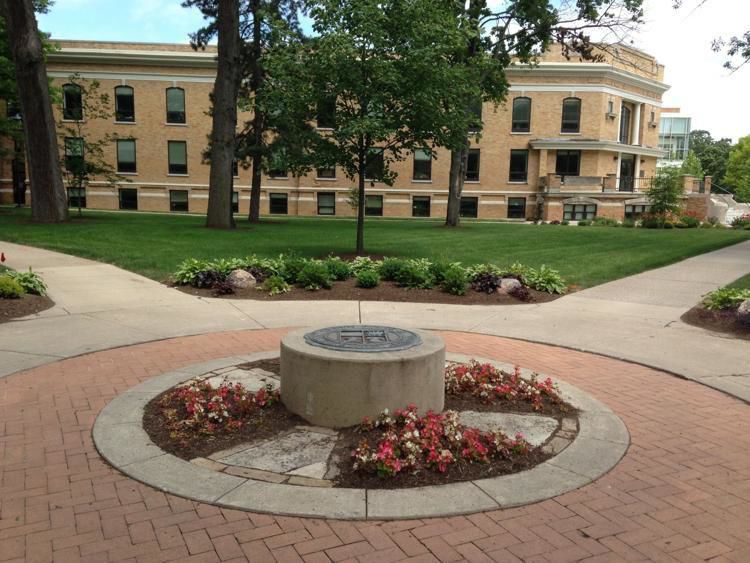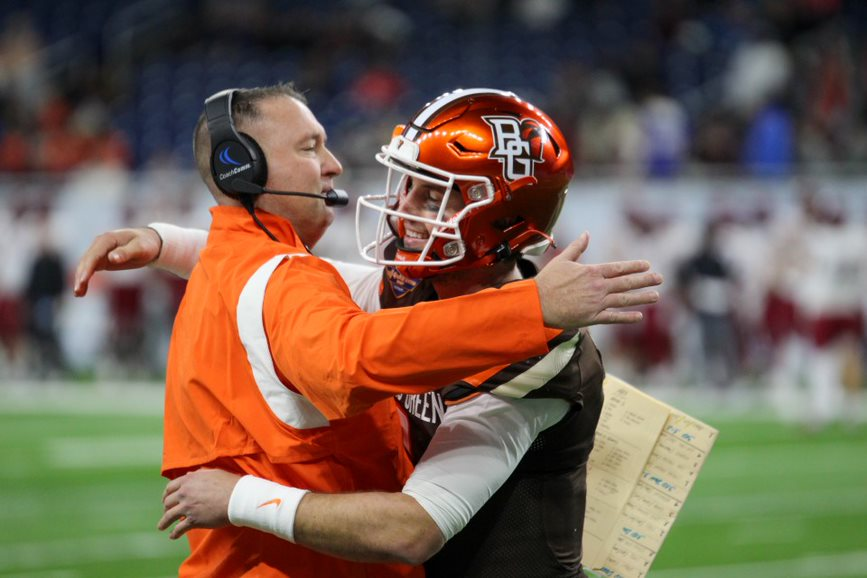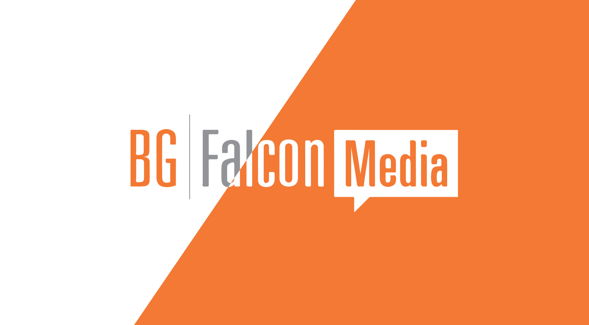Private or “charter” schools are very much in the news these days, as the President and his Secretary of Education see them as a key component in their “Race to the Top” initiative.
Many educators see this as a thinly-veiled attempt to break teachers’ unions and turn public education into a “profit center” for private education corporations. Public schools are seen by most as the keystone of a democracy, where children of all backgrounds and races learn at an early age to interact with each other. This is the ideal, but has it been the reality?
Public schools were the cornerstone of the Northwest Ordinance of 1787, in which a section of land in each township was to be set aside for the construction of a public school. The funding model was a tax on the land of the people to support the school.
In our region, this has remained a constant since the first settlers, for education has been seen as the element for a successful democratic society. This principle of free public education would follow the westward push of America across the continent, with the first public building erected in frontier communities being a schoolhouse. Parts of the country did not follow this principle.
In the Antebellum period in the South, public education was not espoused by the ruling elite. Poor whites were denied access to education as a control mechanism. The more affluent whites sent their children to private schools, which reinforced this class ideal. African-American slaves were forbidden by law to learn how to read, write and do mathematics. Anyone caught teaching them could be punished and the unfortunate slave put to death.
It was not until Reconstruction that free public schools became prevalent in the South. The first teachers were northern whites who went south to help integrate 4 million former slaves into mainstream society. Schools were also open to poor whites for the first time, and education became accessible for all folks, no matter what color or position in southern society.
Over the years, there have been many challenges to this idea, including the “separate but equal” public schools of Plessy vs. Ferguson that even came to the North. The civil rights struggle in the South in the 50s and 60s and the busing decisions of the 70s brought about a flight of white students to so-called “Christian academies” — heavily laden with irony in the sense that these “Christian” schools meant to keep races apart were named for one who died to bring all peoples together.
The flight of whites to private schools in the South caused the steady deterioration of the public school systems across it as school levies were regularly defeated by the white majority.
Now, with the deindustrialization of America nearly complete, the tax base that supported public schools in the North, Midwest and West has collapsed, with the burden following on the shoulders of home owners. Wholesale changes to the tax code finished off the process by doing away with taxes on corporations and on those in the top 1 percent that were critical to support education, in Ohio particularly.
All of this is happening despite the Ohio Supreme Court ruling four times that the method of funding Ohio schools is unconstitutional. The legislative and executive branches do nothing to bring it into compliance with the Constitution.
Now, charter schools are seen as the answer to education challenges in urban settings, funded mainly by white-controlled non-profit foundations and white-controlled for-profit corporations.
The educational agendas of these private schools will not be accessible for input from parents or the community. These schools are exempt from the traditional responsibilities of the school to the community. The President’s educational initiative can be seen as a way to further corporatize the process and remove citizens from it.
This idea is based on the notion that, somehow, people of the community have created the preconditions and are to blame for the decline of their educational systems. The economic decline, politicians turning the tax code on its head or the flight of the affluent from the urban centers are, apparently, free from blame.
We have seen the same thing happen in public higher education in Ohio. Tuition has skyrocketed in the last 20 years. This has changed the revenue stream. Public money is no longer the major component, tuition is. Corporate money has taken the place of public money in the revenue stream, but does not come without strings attached. The emphasis of a corporate mindset in administration decisions is an example of those “strings.” Restructuring the concept of what a “liberal education” is another. The elimination of empathy-based courses and the institution of “real life”-based courses reinforces the “dog-eat-dog” culture of 21st century America.
Where will this lead to, and what kind of society are we building? Many Presidents loved to allude to America as that shining city on the hill, a beacon to all of the nations of the world. Will that future “shining city on the hill” have a fence around it?
Respond to Pat at [email protected]


